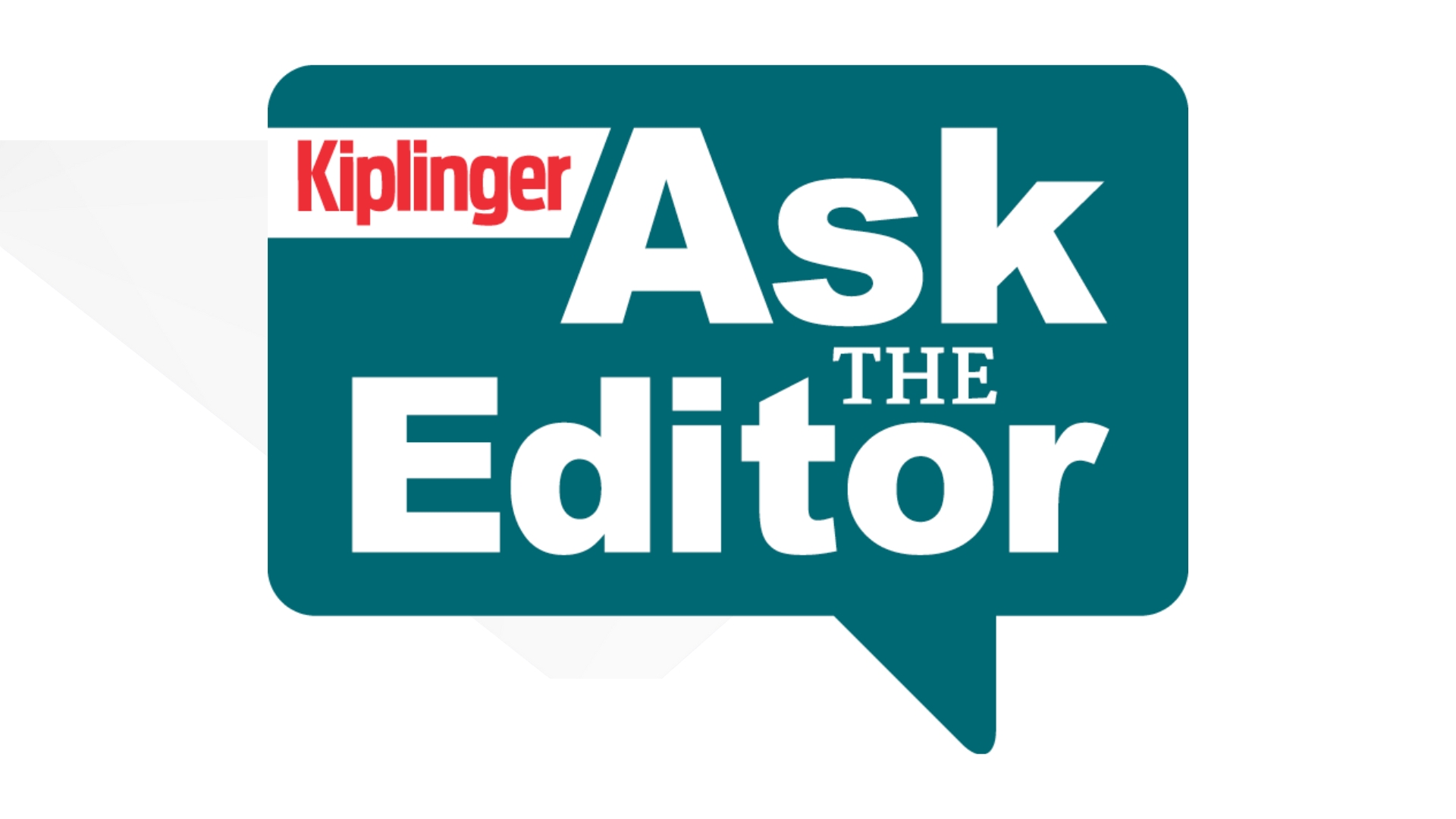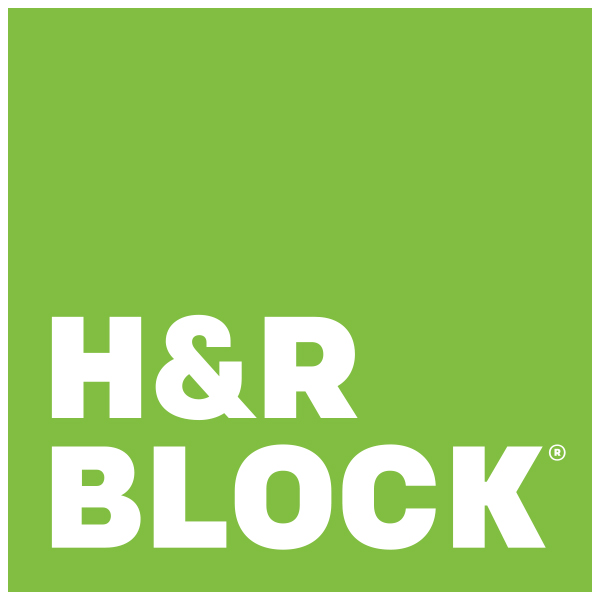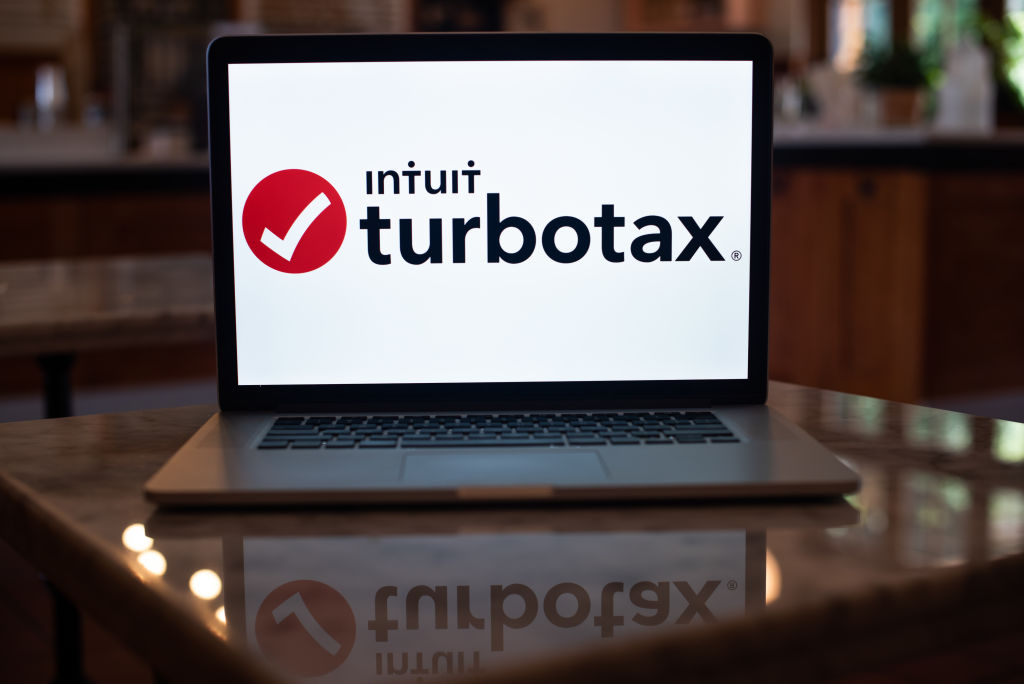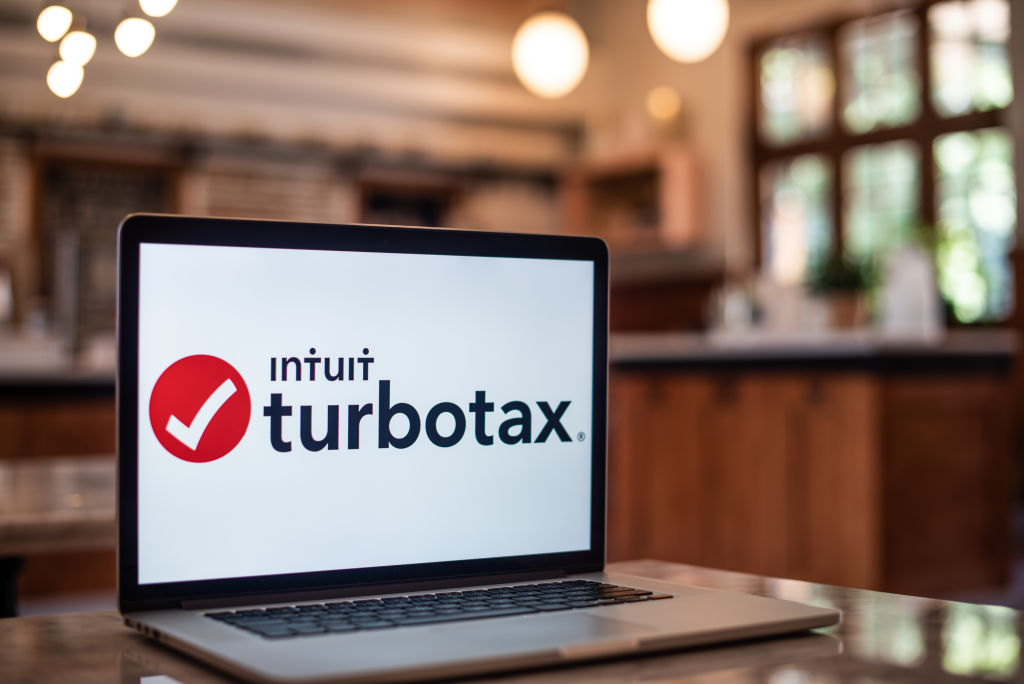TaxAct Review: Pricing, Features and What to Expect
How does TaxAct stack up? Take a look at its pricing, features, filing methods and what to consider before choosing a tax software.

TaxAct been a trusted name in tax filing for over two decades, offering an affordable alternative to competitors like TurboTax and H&R Block. While it may not be as feature-rich or visually polished as some of its rivals, TaxAct still covers the essentials at a lower cost.
Founded in 1998, TaxAct has helped users file more than 105 million tax returns, earning a reputation for budget-friendly, no-frills service. It’s especially appealing to filers with simple returns who may qualify for free federal filing, but the platform also offers multiple tiers to accommodate more complex financial situations.
Whether you're a freelancer, homeowner, investor or just need to knock out a basic return, TaxAct has options to suit your needs.

Sign up for Kiplinger’s Free E-Newsletters
Profit and prosper with the best of expert advice on investing, taxes, retirement, personal finance and more - straight to your e-mail.
Profit and prosper with the best of expert advice - straight to your e-mail.
How much does TaxAct cost?
TaxAct stands out with competitive pricing that undercuts popular tax software providers like TurboTax and H&R Block. TaxAct offers five filing tiers, each tailored to different tax situations.
Here’s a breakdown of TaxAct’s 2025 plans:
Plan | Federal Filing | Best For | Includes |
$0 (State filing costs $39.99) | W-2 employees, students, unemployment filers | Basic returns with qualifying income and deductions. Available to filers aged 20–59 with an AGI under $84,000. Includes Child Tax Credit, education credits and unemployment income. | |
$49.99 (State filing costs $59.99) | Homeowners, families | All Free features, plus deductions for mortgage interest, childcare expenses and tools for maximizing deductions. | |
$84.99 (State filing costs $59.99) | Investors, landlords, home sellers | All Deluxe features, plus support for investment income, crypto transactions, rental property and real estate transactions. | |
$99.99 (State filing costs $59.99) | Freelancers, contractors, small business owners | All Premier features, plus tools for reporting 1099 income, managing business deductions and support for sole proprietors or LLCs. | |
$167.99 (Includes 1 State Return) | Peace-of-mind filers | Includes everything from Self-Employed, plus Audit Defense, Refund Transfer, E-file Concierge and all necessary forms bundled into one package. |
TaxAct does run promotions throughout tax season. For example, AAA members can receive 25% off both federal and state tax filings for consumer and business tax products.
Additionally, users can access the free version if they’re between the ages 20 and 59 and have an adjusted gross income of less than $84,000.
TaxAct’s features and benefits
TaxAct offers several helpful features designed to make the tax filing process smoother and more reliable. If you need additional time to file, you can submit a tax extension directly through the platform — no extra forms or third-party tools are required.
TaxAct also backs its software with a 100% Accuracy Guarantee, promising to cover any difference in your tax liability, up to $100,000, if an error results from using their system.
Additionally, the Maximum Refund Guarantee ensures that if you find a larger refund using a different provider with the same information, TaxAct will refund the cost of your software.
While TaxAct has fewer upsells than larger competitors, it does offer live assistance. Xpert Assist gives you access to live help from a tax expert for an additional $60. This feature includes unlimited questions and the option to request a quick review of your return before filing — an appealing level of support for those who want a second set of eyes without committing to full-service tax preparation.
How to file your taxes with TaxAct

You can choose between two main filing methods: TaxAct Online or TaxAct Download.
With the online version, you create an account and complete your return directly in a web browser. Your data is saved securely in the cloud, and you can access your return from any internet-connected device. Each online account supports one return.
For those who prefer to work offline or need to file for multiple people, the TaxAct Desktop software is a better fit. It allows you to save returns locally to your computer or flash drive and supports preparing and printing multiple tax returns, making it ideal for households with more than one taxpayer.
Filing with TaxAct follows a familiar step-by-step process, much like other tax software. The platform guides you through a series of questions about your income, deductions and life events to help populate the correct tax forms and identify potential credits.
As you enter information, a real-time tracker updates your estimated refund or balance due, giving you immediate insight into how your inputs affect your return.
What to know before filing with TaxAct
TaxAct is a solid choice for those seeking a no-frills, cost-effective filing experience. One of its advantages is transparent pricing with minimal upselling.
While other platforms often nudge users toward more expensive tiers or add-ons, TaxAct largely avoids that, keeping things straightforward for users who know what they need.
That said, it's important to understand the limitations of the "Free" version. To qualify, filers must be between the ages of 20 and 59 with an adjusted gross income (AGI) under $84,000.
Even if you qualify for free federal filing, state filing isn't included — you’ll pay $39.99 for state with the free plan and $59.99 if you use one of the paid tiers. So it’s worth checking your eligibility and the total cost before getting started.
Compared to TurboTax, TaxAct remains a more budget-friendly solution, particularly for those with more complex filing needs like freelancers, gig workers, and investors. Most plans are priced under $100 for federal filing, which is less than competitors.
Is TaxAct worth it? Here’s our take
TaxAct is a good option for filers who want reliable tax prep tools without paying premium prices. While it may not offer all the bells and whistles of more expensive platforms, it delivers a user-friendly experience, essential features and flexible plan options.
The platform’s clear pricing, minimal upselling and support for complex tax situations make it a smart pick for those who prioritize value over flashy extras. Just keep in mind that state filing costs can add up, and live expert help comes at an additional charge.
If you’re comfortable navigating your taxes with a bit of guidance, TaxAct is worth a closer look this tax season. No matter which tax software you choose, it’s important to assess your own financial situation and comfort level. Comparing features, pricing and the level of support you need can help you find the best fit for your unique tax scenario.
related content
Get Kiplinger Today newsletter — free
Profit and prosper with the best of Kiplinger's advice on investing, taxes, retirement, personal finance and much more. Delivered daily. Enter your email in the box and click Sign Me Up.

Carla Ayers joined Kiplinger in 2024 as the E-Commerce & Personal Finance Editor. She earned a master's degree in Integrated Marketing Communications from Eastern Michigan University. Her professional background spans both commercial and residential real estate, enriching her writing with firsthand industry insights. She is passionate about making complex real estate and financial topics accessible for all readers. Dedicated to transparency and clarity, her ultimate goal is to help her audience make informed and confident decisions in their financial pursuits.
-
 How Much Does Your Car Model Cost to Insure?
How Much Does Your Car Model Cost to Insure?Car insurance rates vary by make and model. Find out if your car is raising or lowering your premium.
By Rachael Green
-
 Six Ways to Pay Off High-Interest Debt (and Still Save for the Future)
Six Ways to Pay Off High-Interest Debt (and Still Save for the Future)Get out of debt and reach your goals sooner by starting with a well-thought-out plan.
By Kiplinger Advisor Collective
-
 Ask the Editor: Reader Questions — April 18, 2025
Ask the Editor: Reader Questions — April 18, 2025Ask the Editor: Taxes, April 18, 2025 — Joy Taylor, The Kiplinger Tax Letter Editor, answers questions on amended returns, property and deductions.
By Joy Taylor
-
 5 Treats to Splurge on with Your Tax Refund
5 Treats to Splurge on with Your Tax RefundWant to use your tax refund to splurge on a little something nice this spring? Here are five treats to make the most out of that extra cash.
By Rachael Green
-
 Ask the Editor: Reader Questions — IRAs, RMDs and PTPs.
Ask the Editor: Reader Questions — IRAs, RMDs and PTPs.Ask the Editor: Taxes, April 11, 2025 — Joy Taylor, The Kiplinger Tax Letter Editor, answers questions on Roth IRAs, RMDs and other retirement accounts.
By Joy Taylor
-
 How to Use H&R Block Tax Prep Software to File Your 2024 Tax Return
How to Use H&R Block Tax Prep Software to File Your 2024 Tax ReturnHere’s what you need to know if you want to file your taxes with H&R Block’s tax prep software this year.
By Rachael Green
-
 Ask the Editor: Readers' Tax Questions, March 28, 2025
Ask the Editor: Readers' Tax Questions, March 28, 2025Ask the Editor: Taxes, March 28, 2025 — Joy Taylor, The Kiplinger Tax Letter Editor, answers questions on filing tax returns and paying taxes.
By Joy Taylor
-
 Get TurboTax for Up to 30% Off at Amazon Right Now
Get TurboTax for Up to 30% Off at Amazon Right NowDo your taxes for less thanks to this Amazon deal on TurboTax software.
By Rachael Green
-
 TurboTax Review: Features, Pricing and Filing Options for This Tax Season
TurboTax Review: Features, Pricing and Filing Options for This Tax SeasonIs TurboTax worth it? Explore the pros, cons, pricing tiers and standout features of this popular tax software to see if it fits your filing needs.
By Carla Ayers
-
 The Best Tax Prep Software for Every Tax Situation in 2025
The Best Tax Prep Software for Every Tax Situation in 2025See how popular tax prep software like TurboTax, H&R Block and FreeTaxUSA stack up – and how to decide which one is the best for you.
By Rachael Green